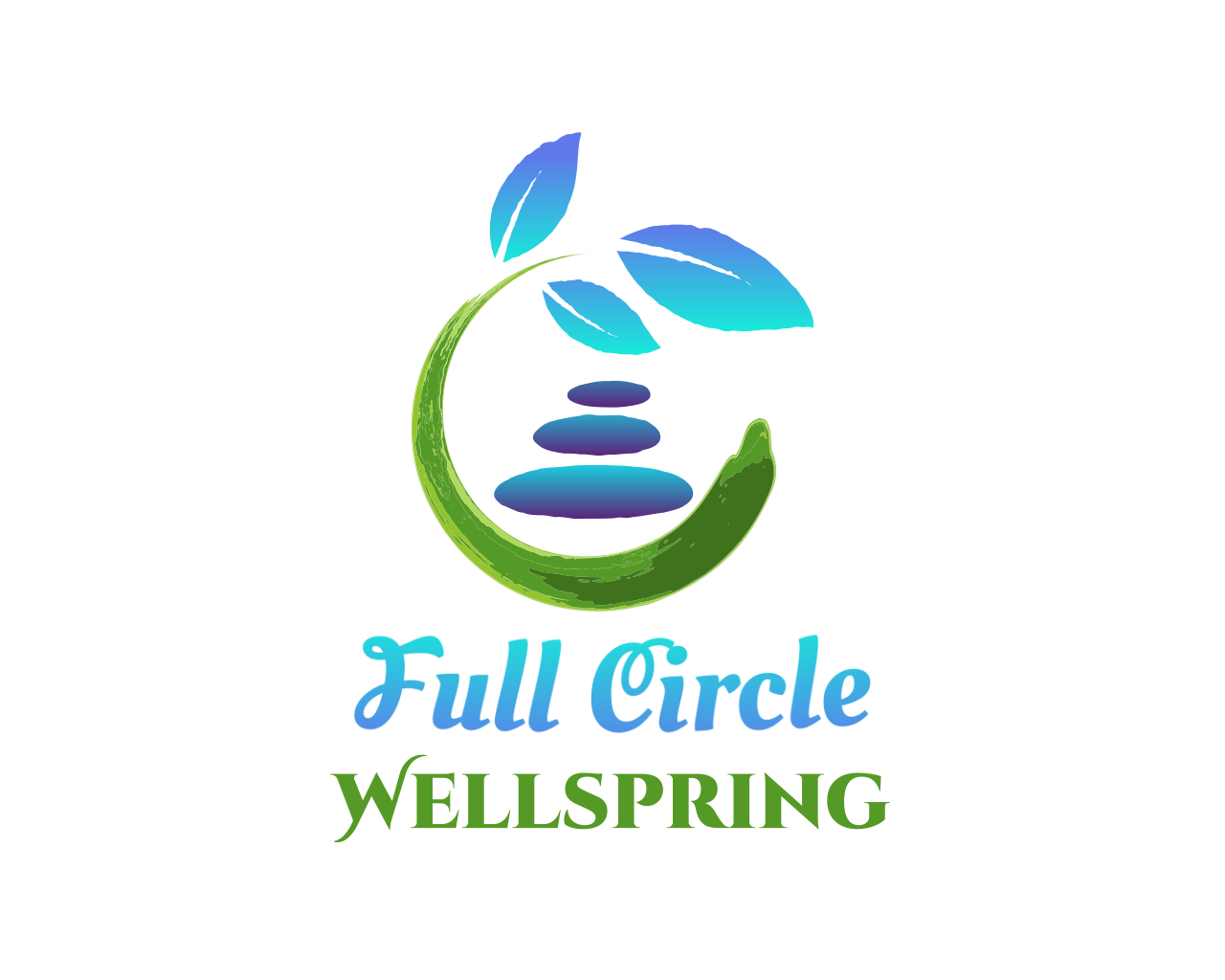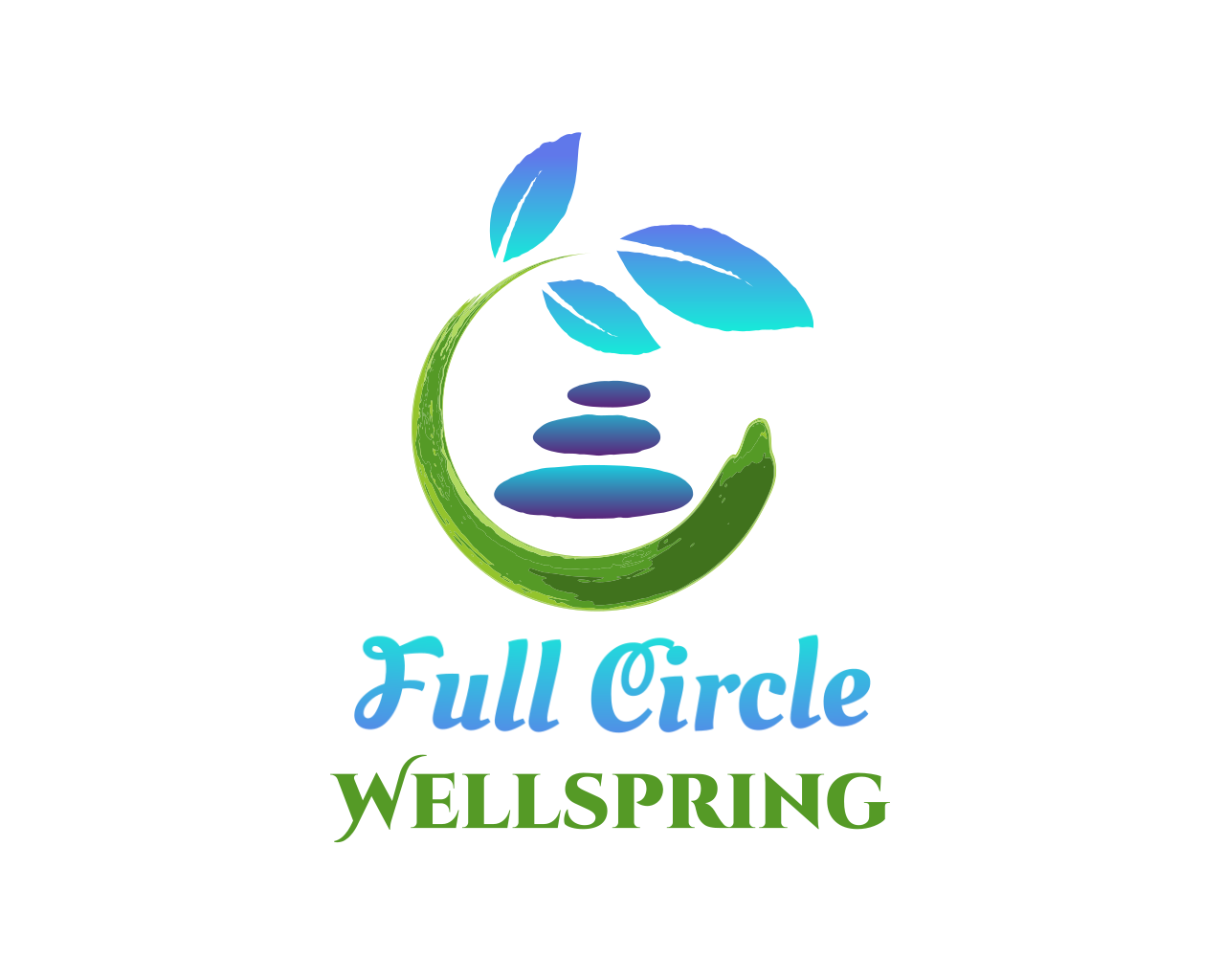Full Circle Fridays|Week 24: eXposure Therapy
Author Note: If you prefer to listen or watch instead of or along with -
Check out the YouTube video and/or the Podcast audio.
Exposure Therapy is a type of behavioral therapy used to help people with fears and anxieties confront them in a safe setting through specific techniques aimed at reducing avoidance. The concept of exposure therapy started many decades ago and therefore has evolved a bit over time as we know more and more about human behavior and the brain. Those who suffer from phobias, fears, OCD, panic attacks, PTSD, general or social anxiety, and general distress may find help with someone trained in utilizing exposure therapy as an intervention.
The main ways exposure therapy is thought to be helpful is: habituation (repeating exposure to decrease fears over time), emotional processing (exploring why you have the phobia or anxiety surrounding the object or place or person and learning to shift your beliefs about it), self-efficacy (learning that you are capable of facing your own fears), and extinction (unlearning fearful or anxiety-inducing associations that have developed surrounding the phobia or anxiety by exposing your brain to it while in a safe environment).
The various techniques or strategies used are: in vivo exposure (facing the fear directly, head-on), virtual reality exposure (using VR to face a fear indirectly), interoceptive exposure (bringing on feared physical sensations to show your mind that they are harmless), and imaginal exposure (walking through a vivid visualization of the feared object, person, place, or activity).
The pacing of your exposure is specific to the condition and the client. To decide this, the therapist and client design a fear hierarchy listing out all fears and anxieties and grading them on a scale of severity. The pace may be: graded (beginning with the mildest to most difficult fears), flooding (starting with the most extreme fear or anxiety especially if it is hindering you from normal day to day life), and systematic desensitization (combining relaxation techniques such as breathing and meditation with the exposure to help your system stay more calm).
From what I’ve read, exposure therapy can be quite difficult and very uncomfortable. Clients of this type of modality should be aware that this takes time — first to build safety with the therapist and the environment and then to achieve the goals of the therapy. You must have a safe and highly supported space with your therapist so that this works the best. Your brain needs to feel secure and calm before and after it gets exposed to what it fears. This is part of the retraining process, to teach the nervous system that the feared object or situation is actually safe. You should also note that the activity or situation cannot be perfectly mocked in the therapist’s office, so the real-life fearful situation or association will feel and seem different. Repeated exposures clinically must build a solid foundation of safety for when you do encounter your fear in real life.
I have not personally used exposure therapy as it doesn’t fit my symptoms and conditions. Please consult with a trained professional.
As a personal aside (and I know I mention this a lot in episodes), I have to share something coming from my heart. I am speaking about this as a type of modality to bring awareness and education; however, I truly don’t know how I feel about this therapy. So I’m just adding in my two cents here because I know from IFS that fears and phobias and anxiety are just really strong Protectors. I have learned through IFS that our Protectors have good intention in the work that they do to keep us safe, and they should be respected and heard. Through working with Protectors and listening to what they are protecting you from, you can gain insight into actual deep healing of the wounds, traumas, exiles, and inner children that they are trying to keep us safe from. I am not a therapist, so please just take my words for what they are. I just felt led to add to this episode about this — that going into your inner realm and listening to what your fears have to say with an IFS-informed or IFS-trained coach or therapist may be a more long-term and true healing option. I don’t say this because I happen to be an IFS-informed coach. I say this because I have seen authentic healing and change from deep within myself via this modality and with my clients as they navigate what their Protectors roles are and why. Perhaps this is similar to the emotional processing technique of exposure therapy, so feel free to explore more on your own or with your support team.
In conclusion, please do the research for yourself before exploring any modality on this podcast, including IFS. If you have questions or would like to try some sessions of IFS, feel free to reach out. Also, if you’d like help finding an exposure modality qualified therapist, I would love to help you resource yourself. Robert Frost said, “The only way out is through.” I take that to mean walking through your inner being and healing the hurt — whether that means self-therapy, exposure therapy, inner child healing, or whatever you choose. Dan Millman said, “You don’t have to control your thoughts. You just have to stop letting them control you.” While exposure therapy may do that, so will Self-Leadership in the IFS model. I’ll leave you with that. Be well and keep on keeping on, Survivors. You are amazing.

